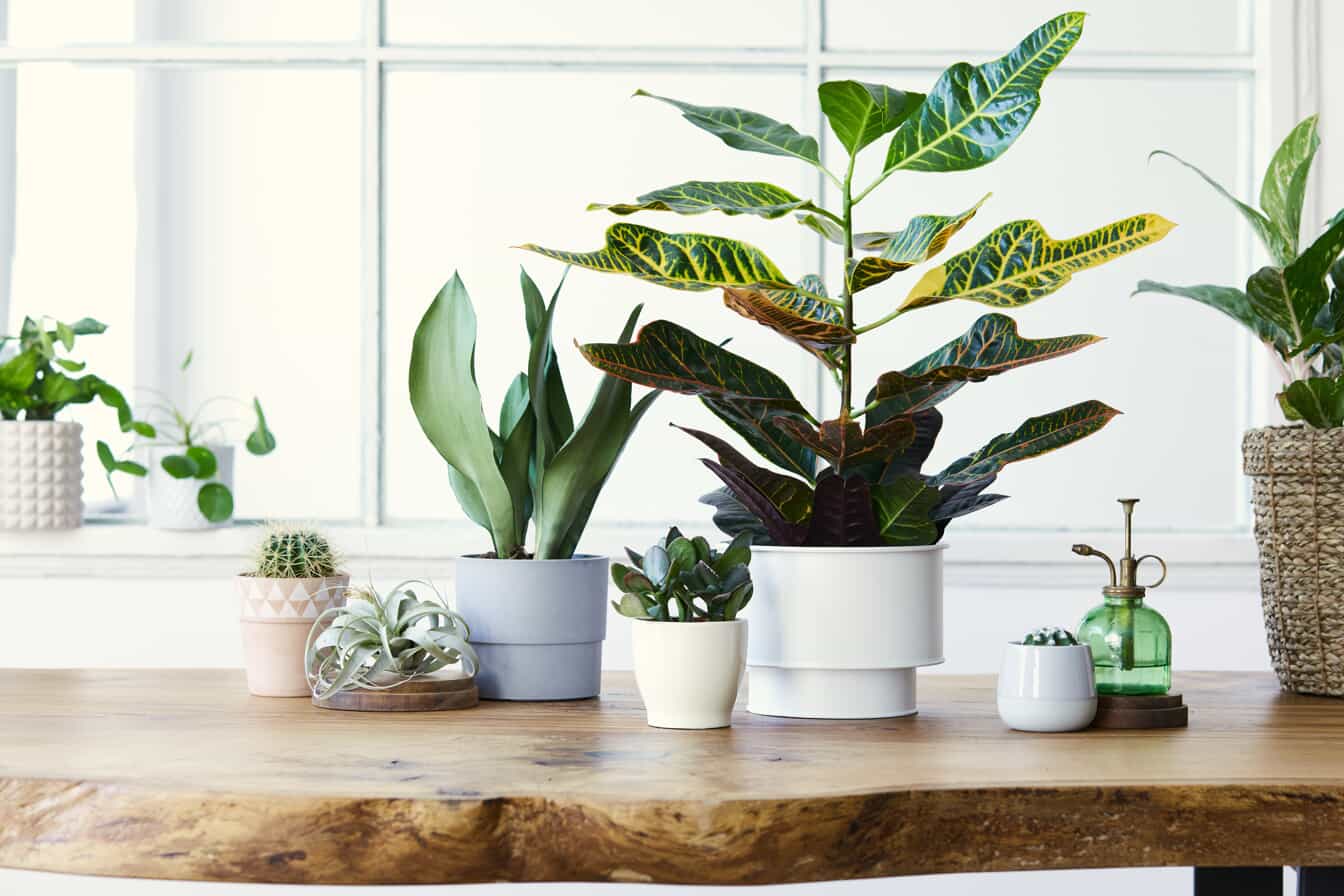How To Remove Water Stains From Wood
Wood furniture can bring a warm vibe to a house with its natural tones and luster. In addition to adding to the aesthetics of your home, wooden furnishings are also functional, meaning they may see damage at some point. One of the most common unfortunate occurrences is water stains left behind by guests who forget coasters or condensation that sneaks down the sides of a glass.
These ugly rings and spots can really destroy the value of your furniture, not to mention the look you’re going for. Learn how to remove water stains from wood with the following three DIY methods.
Note: Before using these DIY methods, you may want to perform a spot test on an inconspicuous area of your furniture. Additionally, if your wooden furnishings are antiques or have been coated with shellac or varnish, these are not the DIY methods for you. You’ll need to call in a professional like Furniture Medic so that you don’t ruin your prized pieces.
How to Get Water Stains Out of Wood with a Clothes Iron
This method works best on newer stains, so you may not see much change if your water rings have been present for more than a few days. The idea behind this DIY method is that the heat from the iron causes the moisture in the water spot to evaporate.You’ll need:
- An iron with the water removed from the inside
- A clean, dry cotton towel or t-shirt
- A microfiber cloth
- Wipe the table with your microfiber cloth to remove any residue or crumbs.
- Set the iron to warm and let it heat up.
- Lay your towel or t-shirt over the stained area.
- Iron the stain through the fabric for about five seconds.
- Remove the heat for about 30 seconds and check to see if you’ve made any progress.
- Repeat as necessary.
How to Get Water Spots Off Wood Using Baking Soda Paste
Baking soda has a lot of great cleaning uses, so it might not be too shocking to learn that some people swear it’s the key to removing water stains from wood. The magic of this trick is that the gentle, yet abrasive, cleaner frees the moisture that’s trapped under the surface of your wood furnishings.You’ll need:
- Baking soda
- Water
- Microfiber cloths
- Furniture wax that’s safe to use on whatever wood you’re working with
- Mix a tablespoon of baking soda with enough water to form a paste.
- Apply the paste to your microfiber cloth.
- Gently rub the affected area for about five to 10 minutes. You’ll want to follow the wood grain and try to avoid unstained portions of the surface.
- Wipe any residue or remaining moisture from the area using a dry microfiber cloth.
- Apply the furniture wax to re-seal the finish.
How to Remove Water Stains with Mayonnaise
Yes, you read that right. Many people will tell you that a mayonnaise-based water stain remover is the best thing since sliced bread. The theory that goes along with this DIY method is that the oil in the mayo seeps into the stain and forces the water out.You’ll need:
- A jar of full-fat mayonnaise
- Paper towels
- A microfiber cloth
- Dab some mayonnaise on a paper towel and apply this to the stained area. Try to keep away from unaffected parts of the wood as you could harm the finish.
- Let the mayo sit for at least one hour. (You can leave it overnight, but make sure your pets are blocked out of the room.)
- Monitor the area and reapply mayonnaise to the stain if it starts to dry out.
- After letting the mayo sit, wipe away any remaining residue from your tabletop.
How to Remove Water Stains with Vinegar & Olive Oil
This is a very simple way to eliminate recent water stains from wood surfaces. Vinegar will help extract the stain while the oil will help replenish the wood's oils.
You’ll need:
- Olive Oil
- Vinegar
- Optional: Salt or Baking Soda
- Pretend you are about to dip some bread at an Italian restaurant. Combine equal parts vinegar and olive oil.
- Apply with a cloth by wiping in the direction of the wood grain.
- If you need more grit, add some salt to the mixture. Add baking soda to make the solution more powerful.
- You can apply a second round of just olive oil or furniture oil after the stain has been removed to keep the wood healthy.













